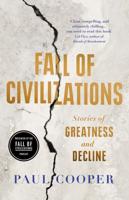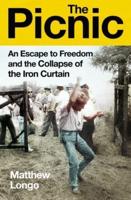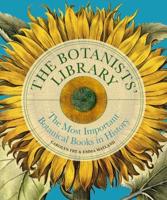Publisher's Synopsis
Originally published in 1976, this updated and attractive second edition of Iris Engstrand's book Joaquín Velázquez de León: Royal Officer in Baja California, 1768-1770 brings to life the unique expeditionary efforts of Joaquin Velázquez de León, a distinguished math professor and astronomer at the Royal and Pontifical University of Mexico, who was chosen to serve as the highest ranking officer under José de Galvez in Baja California's Cape Region. In addition to his royal duties, Velázquez evaluated the economic possibilities of the peninsula, especially in mining, as well as carrying out his role in documenting the 1769 Transit of Venus from the peninsula's first civilian settlement at Real de Santa Ana. Velázquez also witnessed the arrival of Father Junípero Serra and the preparations of his Franciscan missionaries to replace the expelled Jesuits from their former missions. He was on hand for their departure for San Diego under Governor Gaspar de Portolá in the spring of 1769. Royal Officer also highlights Velázquez's testy relationship with Manuel de Ocio, Baja California's first entrepreneur, and from original documents recounts the officer's colorful indiscretions with the local women and unwelcome gambling with the sons of local residents. In this well-received publication, Engstrand skillfully blends documentary materials into a readable narrative while including annotations where needed to explain and amplify the text. The volume is enhanced by over a dozen excellent illustrations, including nine drawings by French artist Alexander -Jean Noel, who accompanied the expedition, and recent photographs by Harry Crosby who traveled to the Real de Santa Anna site. According to Engstrand, "the new edition of Joaquín Velázquez de León: Royal Officer in Baja California--1768-1770 brings together both an analysis of the 1769 Transit of Venus with a recreation of the Transit in 2012 by astronomers from the University of Baja California in Ensenada . New illustrations in an affordable publication give the reader an unparalleled opportunity to understand the accomplishments of Spain in science and mining in Baja California during the late eighteenth century."









